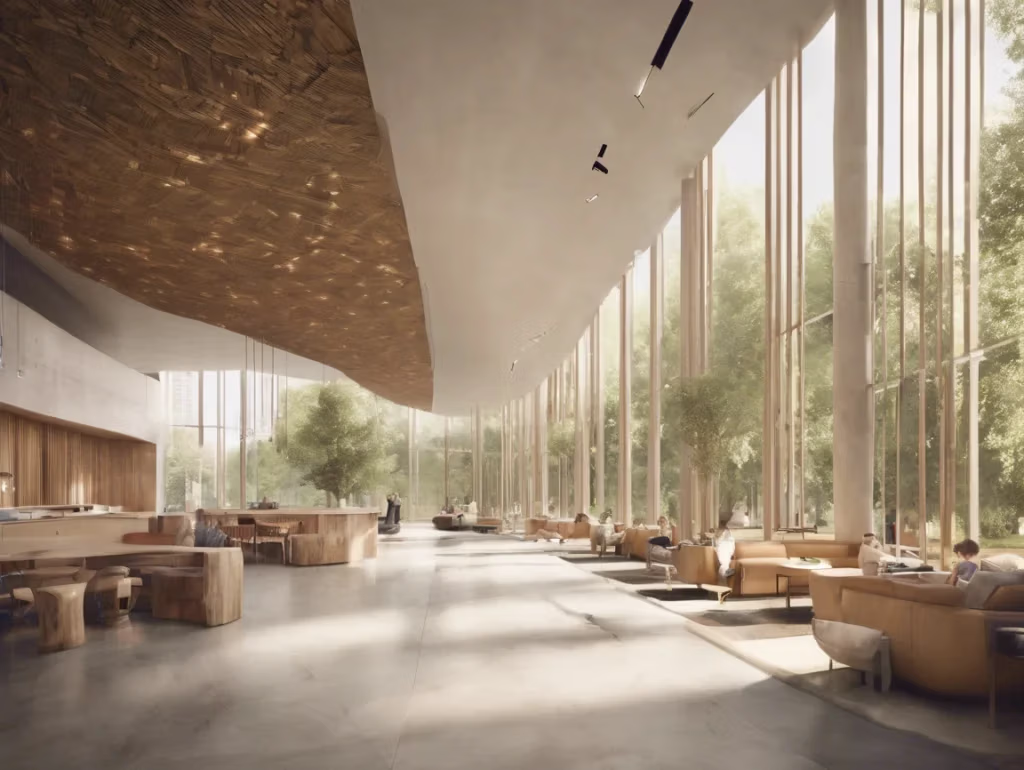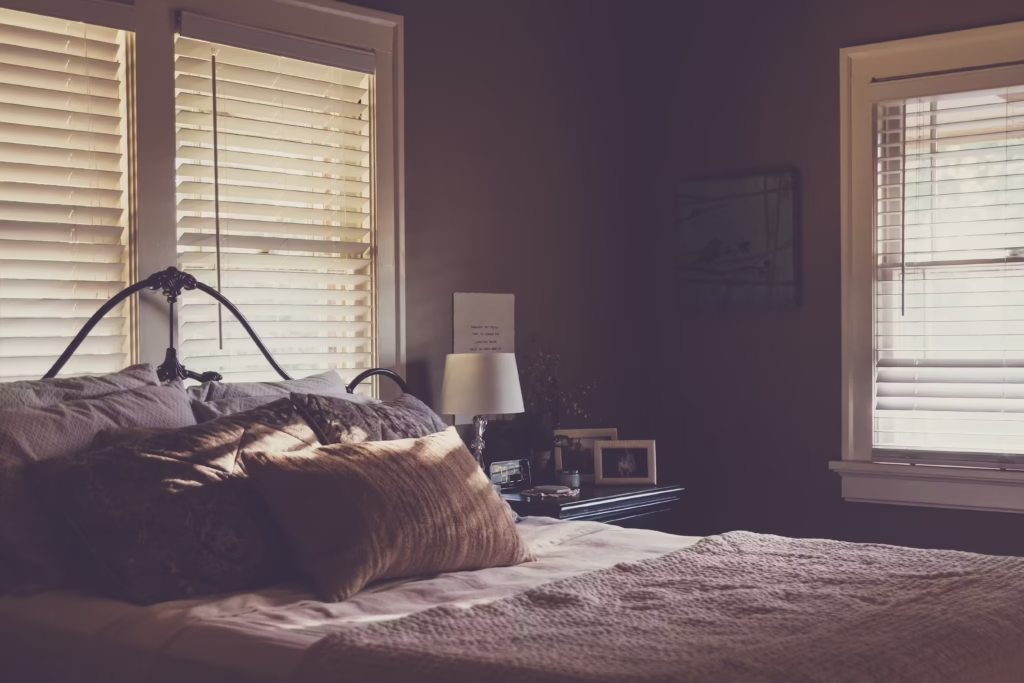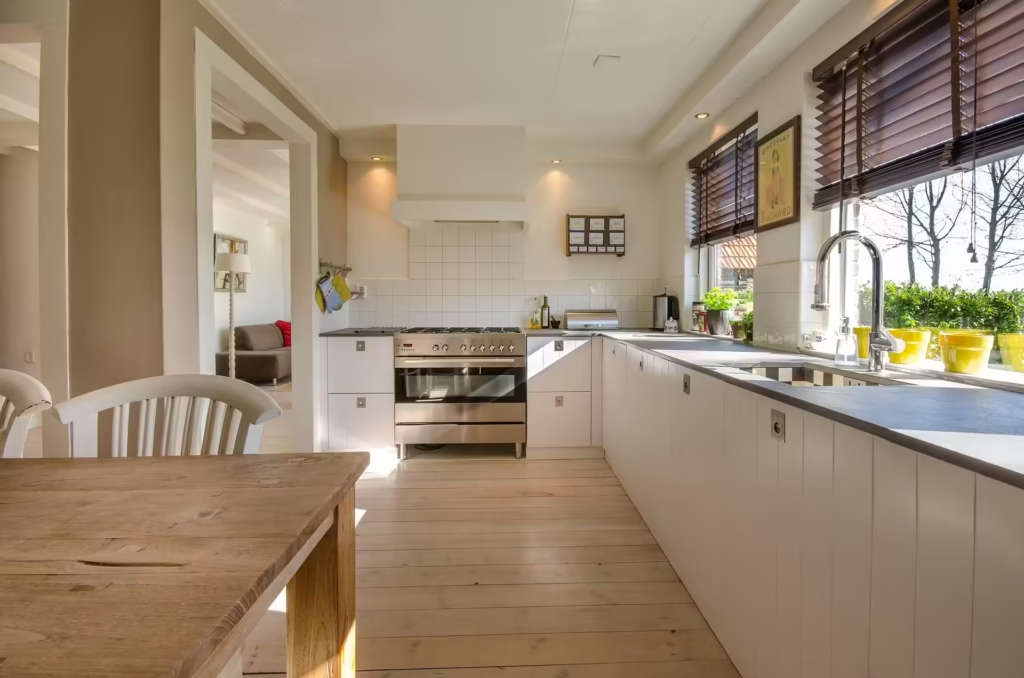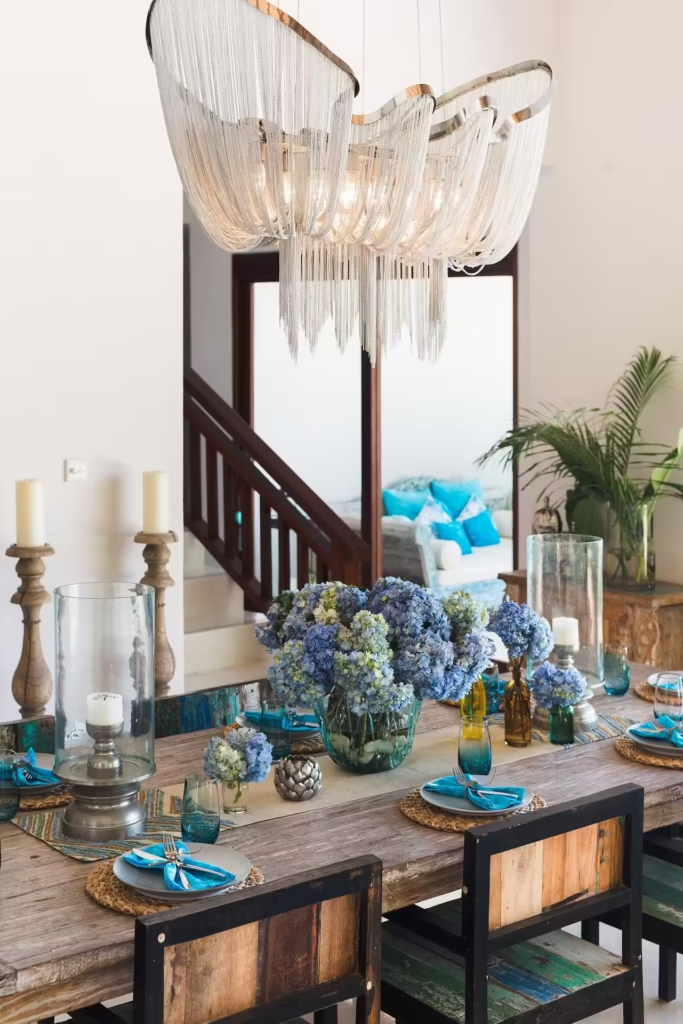For years, architectural design relied on artistic and theoretical concepts, only later analyzing how these spaces impacted human perception and behavior. Today, with advancements in neuroscience, this approach has flipped. We first understand how the brain processes built environments and use that knowledge to craft spaces consciously, with data-backed decisions guiding every step. This interdisciplinary revolution not only enhances architects’ creative intuition but also places the human experience front and center in design.

While architecture and neuroscience come from different worlds, their collaboration aligns with a growing trend of making evidence-based decisions. Neuroscience operates through rigorous processes like experimentation and peer review, while architecture has traditionally followed a more intuitive path, shaped by aesthetic sensibilities and conceptual visions. These contrasting approaches present challenges, especially when it comes to sharing knowledge. Academia promotes openness, while the private sector often guards information as a strategic asset. Overcoming these barriers and fostering collaboration is key to unlocking the full potential of architecture and neuroscience.
Through this partnership, architects can design spaces that go beyond aesthetics, focusing instead on functionality and human well-being. Research shows that neuroscience-driven designs improve memory, reduce cognitive tension, and evoke positive emotions. For instance, open, expansive spaces with natural light promote relaxation and feelings of well-being, whereas cramped or confining environments can trigger stress and negativity. These insights highlight the profound impact design can have in creating spaces that encourage empathy, focus, and positive social interactions.
The strength of architecture and neuroscience lies in their ability to integrate knowledge from psychology, anthropology, sociology, and behavioral sciences. This interdisciplinary approach helps overcome theoretical biases and sheds light on how individuals uniquely experience spaces. Designing with a human-centered perspective isn’t just a creative choice; it’s an ethical imperative. By prioritizing human well-being, architects can transform spaces into allies of everyday life, fostering environments that enhance experiences and improve quality of life.
This revolution doesn’t diminish architectural intuition; it complements and strengthens it. By understanding how architectural elements influence our minds and emotions, architecture becomes a powerful tool to transform the world we live in. In this new era, designing with science and creativity isn’t just an option—it’s a call to build a future where spaces actively contribute to our well-being.
Science, Design, and Emotions: A Bond That Shapes Environments

The design of spaces not only defines their functionality but also shapes our emotions. Neuroscience has shown that physical environments directly affect the brain, regulating hormones such as cortisol, which increases with stress, and serotonin, which enhances well-being. For example, natural materials like wood or stone create a sense of calm and security, while proper lighting can promote states of relaxation or concentration.
Design elements also influence our social interactions. Open, well-lit spaces with flexible furniture encourage communication and a sense of community. In contrast, poorly planned, dark, or narrow areas can lead to isolation and emotional tension. Designing with intention allows the creation of environments that not only meet practical needs but also strengthen human connections.
By understanding the relationship between design and emotions, architects can go beyond aesthetics and prioritize well-being. Creating spaces that inspire calm, creativity, or empathy transforms people’s daily experiences. Architecture, when guided by these principles, becomes a powerful tool for improving quality of life, positively shaping our emotions and behaviors.
Conscious Design: From Perception to Materiality

Understanding how spaces influence our emotions and well-being is just the beginning. To turn this knowledge into real solutions, we must consider the materials and elements that shape our built environment. The way we perceive a space isn’t just about its layout or lighting—it’s also about the materials that define it, their texture, temperature, and how they interact with light.
Natural materials do more than add aesthetic or structural value; they actively shape our emotional and cognitive responses. Wood, stone, and glass create a connection to nature, reinforcing a sense of calm, enhancing focus, or even strengthening a space’s identity. Thoughtful design goes beyond visual harmony. It leverages neuroscience to choose materials that elevate the user experience and promote overall well-being.
The Versatility of Natural Materials in Interior Design
Incorporating natural materials like wood, stone, and glass into interior design opens up a world of possibilities to create spaces that fit different styles and personal preferences. The inherent beauty of these materials not only adds warmth and harmony to the environment but can also be tailored to various design trends, from minimalist to rustic.

Everyone has a unique sense of what comfort and beauty mean to them, and this is reflected in their choice of materials and style. For those who prefer a more modern, sleek look, a mix of light wood and clean lines works wonders. If you’re aiming for a cozier vibe, stone and soft textiles can help create a warm, inviting atmosphere. The key is selecting materials that resonate with your personal style, without losing sight of the emotional connection that natural elements can bring.

Space design doesn’t have to be one-size-fits-all. Natural materials offer incredible flexibility to create environments that are not only functional but also boost positive feelings and enhance emotional well-being.

Final Notes
Neuroarchitecture redefines the way we experience spaces by merging scientific knowledge with design intuition. Instead of relying solely on aesthetics, architects now analyze how elements like light, texture, and spatial distribution influence emotions and cognitive responses. This shift allows for the creation of environments that not only serve a functional purpose but also enhance mental clarity, reduce anxiety, and foster social connections. By embracing this interdisciplinary perspective, design evolves into a strategic tool that shapes behavior, encourages well-being, and transforms everyday interactions with the built environment.
